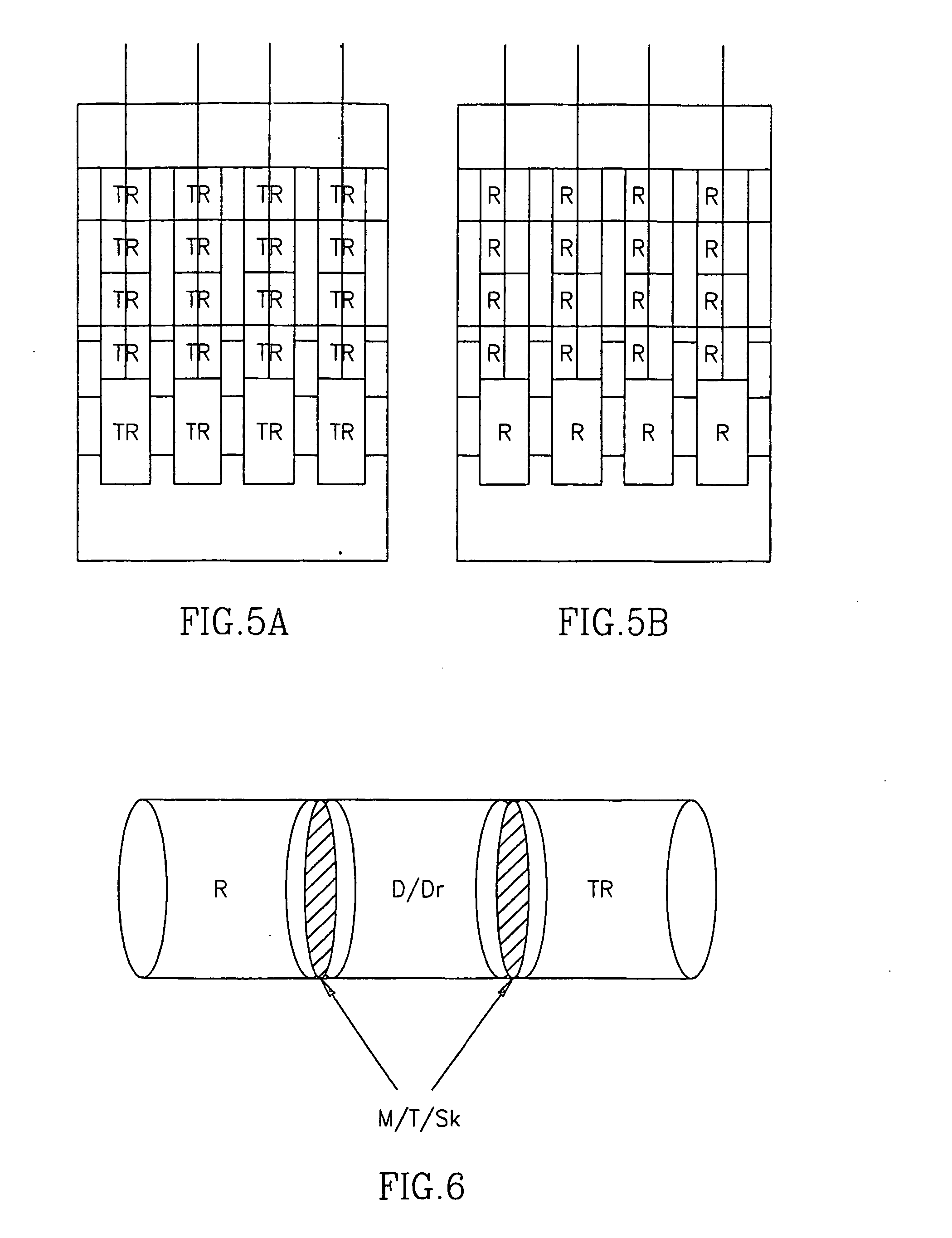In vitro test for studying compound predicting pharmacologic and/or harmacokinetic and/or pharmacodynamic parameters of a compound
a compound and in vitro technology, applied in the field of in vitro test for studying compound predicting pharmacologic and/or harmacokinetic and/or pharmacodynamic parameters of a compound, can solve the problems of lack of reproducibility, lack of availability and cost of safety tests (hiv, hbv, etc.)
- Summary
- Abstract
- Description
- Claims
- Application Information
AI Technical Summary
Benefits of technology
Problems solved by technology
Method used
Image
Examples
example 1
Morphological Changes (Cell Area) in Tetrahymena Thermophila Due to Changes in Sodium Salicylate Concentration
[0125] The effect of various concentrations of anti-inflammatory drug sodium salicylate at concentrations shown in FIG. 12 on the area of Tetrahymena thermophila was evaluated. As can be seen from FIG. 12, a decrease in cell area was observed when sodium salicylate concentration in the medium was higher.
[0126] The equation expresses the change in Tetrahymena thermophila area vs. sodium salicylate concentration: y=−0.0863x+834.51
example 2
Morphological Changes (Cell Area) in Tetrahymena Thermophila Due to Changes in Alprenolol Hydrochloride Concentration
[0127] The effect of various concentrations of anti-inflammatory drug Alprenolol hydrochloride on the area of Tetrahymena thermophila was evaluated. As can be seen from FIG. 13, a decrease in the cell area was observed with the increase in Alprenolol hydrochloride concentration in the medium.
[0128] The equation expresses the change in Tetrahymena thermophila area vs. Alprenolol hydrochloride concentration:
y=−0.5678x+829.5
example 3
Permeation of Propranolol HCl Through Bi-layer Membrane-Integra
[0129] Permeation studies with aqueous solution of Propranolol HCl (pH 7.2) through Integra and human skin were carried out in Valia-Chien diffusion cells. The effective permeation area was 0.64 cm2. The receiver compartment contained Tris buffer (pH 7.2) and the experiment lasted for 8 hours. The samples were withdrawn at 0, 1, 2, 4, 6 and 8 hours and the quantity of propranolol HCl permeated through the membrane was analyzed by validated HPLC method.
[0130] As can be seen from FIG. 15, which presents permeation constant (Kp) values obtained in the experiments, there was a close similarity between Propranolol HCl (pH 7.2) Kp values obtained in permeation experiments through Integra as compared to human skin.
PUM
 Login to View More
Login to View More Abstract
Description
Claims
Application Information
 Login to View More
Login to View More - R&D
- Intellectual Property
- Life Sciences
- Materials
- Tech Scout
- Unparalleled Data Quality
- Higher Quality Content
- 60% Fewer Hallucinations
Browse by: Latest US Patents, China's latest patents, Technical Efficacy Thesaurus, Application Domain, Technology Topic, Popular Technical Reports.
© 2025 PatSnap. All rights reserved.Legal|Privacy policy|Modern Slavery Act Transparency Statement|Sitemap|About US| Contact US: help@patsnap.com



